The podcast, a contraction of iPod and broadcast, is far from new. This form of media first saw the light of day back in 2004. Back then it was available exclusively for Apple's iPod; now it’s gaining more and more space and popularity. It has also found its way into the medical field.
Entertainment when you want it
Fewer people today listen to radio or watch television, and the preference is increasingly shifting to on-demand services. Think of streaming services like Netflix or Disney+ on which you can watch your favorite movies and series whenever you want. This fits perfectly with our increasingly busy lives with work, family and social life. It is nice when you can decide for yourself when to play your entertainment.
Podcasts: the new radio?
It is impossible to imagine our daily lives without the podcast as a medium. You can listen to this audio file via your smartphone, tablet or computer, whenever and wherever you want. Podcasts are often recordings that cannot be heard on the radio and are made specifically for you to listen to at your convenience. Whereas traditional radio broadcasts are intended for a wide audience, podcasts instead seek depth. Most podcasts are dedicated to a specific topic such as sports, crime, technology or health, for example
A clearer view of the medical world
A podcast allows listeners, on the one hand, to choose when to listen, but also to listen at their own pace. For medical topics or themes, the medium is also a lot more accessible than long online blog articles or complicated journals. Doctors, patients and medical staff explain things to you in their own words, as if you were sitting with them in the consultation room or around the table. It makes you feel like you are creating a personal connection with the narrator, so to speak, and allows you as a listener to more easily understand and absorb more difficult topics.
AZ Sint-Jan Brugge-Oostende AV launched its own podcast series in 2021, called ‘podcAZt.’ This series features different departments, doctors and even patients talking about different topics and problem areas. Skin diseases, sleep problems and a podcast about smells and tastes have already been featured, and there are still a lot of interesting recordings in the pipeline so ... stay tuned!
You can listen to the podcAZts on the AZ Sint-Jan website or on Spotify.
Want to record a podcast or a series of podcasts but don't know where to start?
At Living Stone, we have all the expertise to develop, record and publish podcasts on your channels. Contact us if you are interested in doing a recording or multiple recordings. Email or call Anne-Mie at anne-mie.vansteelant@livingstone.eu or call +32 (0)55 59 10 07.



